New York City, the vibrant metropolis that never sleeps, beckons travelers from around the globe. From iconic landmarks like the Statue of Liberty and Central Park to world-class museums and diverse culinary scenes, there’s an endless list of experiences awaiting you. However, a crucial element that can significantly shape your visit is the ever-changing new york city weather. Understanding the climate patterns and being prepared for whatever Mother Nature throws your way is key to making the most of your adventure in the Big Apple.
New York experiences four distinct seasons, each bringing its unique charm and weather characteristics. While stereotypes exist about each season, the reality is that new york weather can often be unpredictable, with sudden shifts and variations. This dynamism is part of the city’s character, but it requires visitors to be adaptable.
The Four Distinct Seasons of New York Weather
Let’s break down what you can generally expect throughout the year when considering new york weather for your travel plans.
Spring (March – May): Spring is a season of transition. Early spring can still feel very much like winter, with chilly temperatures and the possibility of late-season snow or sleet. As the season progresses into April and May, temperatures become milder and more pleasant, ranging from cool to comfortably warm. Rainfall is common in spring, often coming in the form of heavy showers. This is when Central Park and other green spaces come alive, making it a beautiful time to visit, provided you pack layers.
Summer (June – August): Summers in NYC are typically hot and humid. Temperatures often soar into the 80s°F (late 20s to 30s°C) and sometimes higher, especially in July and August. The urban heat island effect means the city can feel even warmer. Thunderstorms are frequent, often popping up in the late afternoon or evening. Despite the heat, summer is peak tourist season, with outdoor events, rooftop bars, and beach trips to places like Coney Island being popular. Staying hydrated and dressing in light, breathable clothing is essential.
Fall (September – November): Many consider fall the ideal time to experience new york weather. The humidity of summer dissipates, and temperatures become crisp and comfortable, perfect for walking around the city. September still feels warm, while October brings cooler, sweater weather, and November starts to edge towards winter chill. Fall foliage, particularly in Central Park and upstate areas accessible from the city, is stunning. It’s a popular season for exploring neighborhoods on foot and enjoying outdoor cafes before the cold sets in.
Winter (December – February): Winters in NYC are cold, with temperatures frequently dropping below freezing (32°F or 0°C). Snowfall is expected, ranging from light dustings to significant storms that can impact travel and shut down parts of the city. Freezing rain and ice can also occur. The city is often transformed into a picturesque winter wonderland, especially around the holidays with festive decorations and events like the Rockefeller Center Christmas Tree. Packing warm layers, a heavy coat, hats, gloves, and waterproof boots is crucial for visiting during this time.
Why New York Weather Can Be So Unpredictable
Beyond the general seasonal trends, new york weather is known for its variability. Located on the coast, the city is subject to weather systems moving up and down the Eastern Seaboard. The Atlantic Ocean plays a significant role, influencing temperature and moisture levels. Furthermore, the density of buildings and pavement creates an urban heat island, which can trap heat and affect local temperature patterns, sometimes making the city warmer than surrounding suburban areas.
This combination of factors can lead to sudden changes. A sunny, crisp morning might turn into a rainy afternoon, or an unusually warm spell in winter could be followed by a cold snap and snow. A striking example, as seen recently, is the possibility of snow in April. While not an everyday occurrence, late-season cold air masses clashing with moisture-laden systems can bring wintry precipitation even as spring is supposedly underway.
The original forecast for a specific April event highlighted this unpredictability, mentioning a Winter Weather Advisory for parts of the Tri-State area with snow expected in suburbs and higher elevations. Forecasts predicted accumulations of 1 to 3 inches in some areas, potentially more in the highest spots, while the city itself primarily experienced heavy rain and cold temperatures lingering in the low 50s°F – temperatures more typical of early spring or late fall than mid-April. This serves as a perfect illustration of how you need to be prepared for anything when visiting.
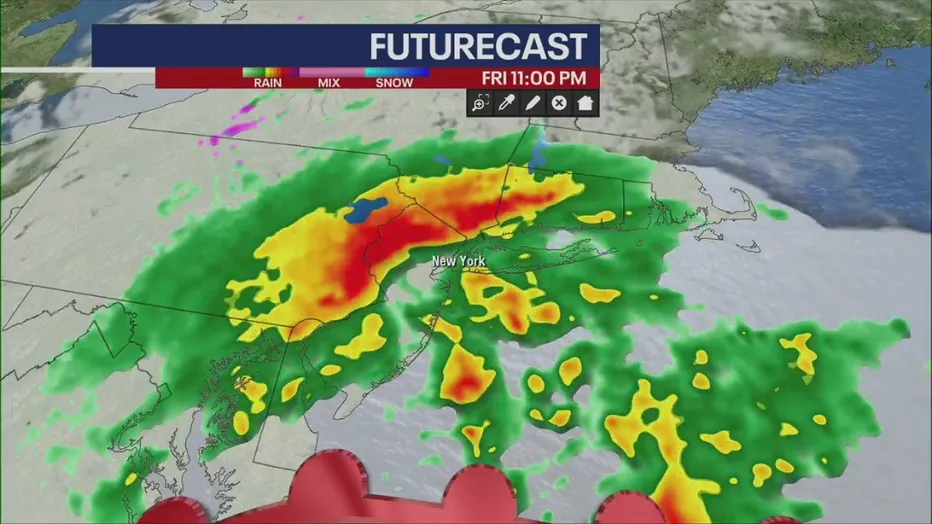 Understanding weather patterns helps predict potential conditions.
Understanding weather patterns helps predict potential conditions.
Planning Your Trip Around New York Weather
Given the variable nature of new york weather, checking the forecast is absolutely essential when planning your trip and right before you depart. Knowing the general climate for your chosen season is the first step, but staying updated on the specific forecast for your travel dates will help you pack appropriately and plan your daily activities. You can always check the weather in new york today for current conditions.
Packing layers is always a smart strategy, regardless of the season, but it’s particularly important in spring and fall when temperatures can fluctuate significantly throughout the day. Comfortable walking shoes are a must for exploring the city’s vast neighborhoods, and considering waterproof options is wise, especially in spring and winter.
Think about how new york weather might impact transportation. Rain can cause delays on public transit, and heavy snow can disrupt flights and trains. It’s always a good idea to build in some buffer time when traveling during potentially challenging weather conditions. For those planning their trip from afar, securing new york flights and hotel well in advance is advisable, and keeping an eye on seasonal weather trends can influence your booking timing.
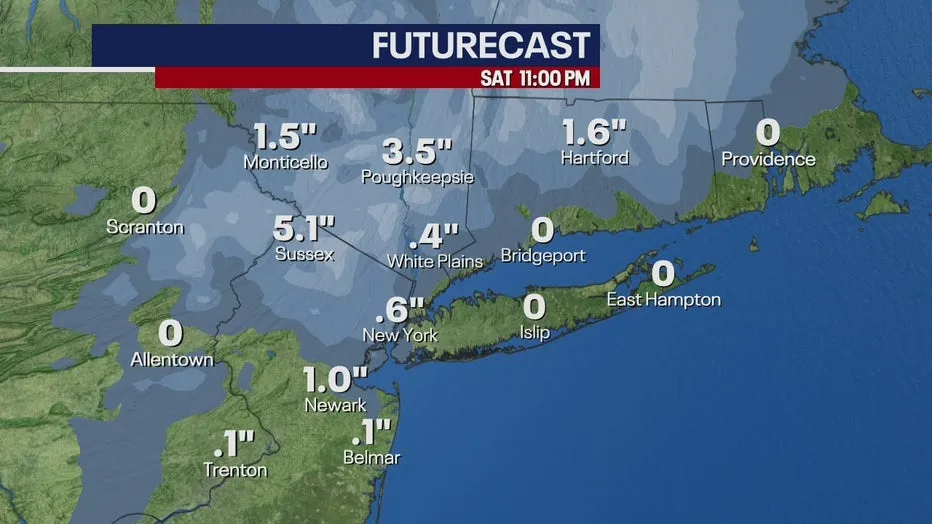 Unexpected snow can sometimes occur even in springtime.
Unexpected snow can sometimes occur even in springtime.
Experiencing NYC: Activities for Every New York Weather Scenario
The beauty of New York City is that it offers incredible experiences no matter the new york weather.
For Rainy or Snowy Days:
- Museums: NYC boasts world-class museums like the Metropolitan Museum of Art, MoMA, the American Museum of Natural History, and countless smaller galleries. They are perfect havens on a wet or cold day.
- Broadway Shows: Escape the weather and immerse yourself in the magic of live theater.
- Indoor Markets and Food Halls: Explore places like Chelsea Market or Essex Market for diverse food options and unique shops, all indoors.
- Shopping: From department stores to unique boutiques, retail therapy is always an option.
- Libraries: The New York Public Library main branch is an architectural marvel and a peaceful retreat.
For Sunny or Mild Days:
- Parks: Central Park is a must-visit, but also explore Bryant Park, Washington Square Park, or the High Line.
- Walking Tours: Discover neighborhoods like Greenwich Village, SoHo, or the Lower East Side on foot.
- Boat Tours: See the skyline from the water, including the Statue of Liberty and Ellis Island.
- Rooftop Bars: Enjoy drinks with stunning city views (weather permitting!).
- Outdoor Events: Check local listings for street fairs, concerts, or festivals happening during your visit.
Even when the weather is challenging, there’s always a cozy cafe to duck into for a hot drink and a slice of New York cheesecake, or a vibrant restaurant to savor diverse cuisines. Embracing the weather as part of the experience can lead to unexpected discoveries and memorable moments. Having a new york city tourist guide or a new york city visitors guide handy can help you find indoor alternatives quickly.
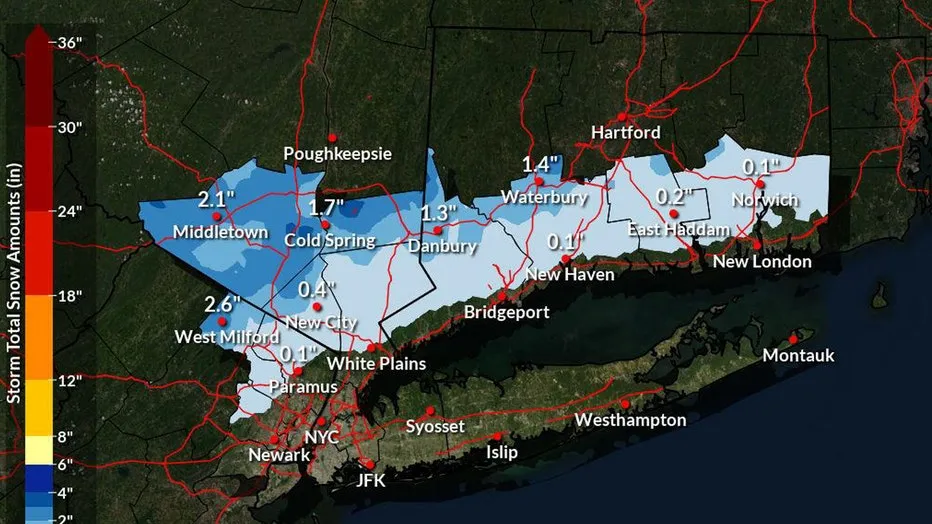 Snow accumulation varies by location and elevation during winter weather events.
Snow accumulation varies by location and elevation during winter weather events.
The April Snow Surprise: A Glimpse into New York Weather Extremes
The recent forecast highlighting potential April snow is a stark reminder that new york weather doesn’t always follow the calendar’s script. While we typically associate April with spring blooms and warmer temperatures, cold air can linger, and when it meets moisture from the coast, wintry conditions are still possible, particularly in the surrounding areas. This kind of event underscores the need for travelers to check forecasts close to their departure date and pack for a range of possibilities, even if the general climate for the time of year suggests otherwise.
Such weather events, while potentially disruptive, also offer a unique perspective on the city. Seeing the city dusted with unexpected spring snow, or navigating through heavy rain, adds another layer to the New York experience, reminding visitors of the city’s resilience and dynamic nature.
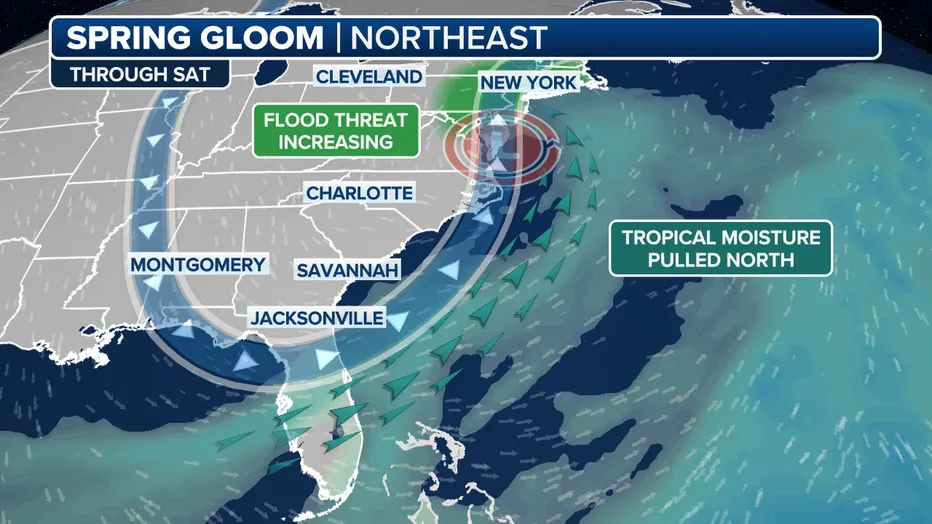 Coastal low-pressure systems can bring significant rain and cold to the Northeast.
Coastal low-pressure systems can bring significant rain and cold to the Northeast.
Understanding the potential for such weather swings helps travelers manage expectations and plan accordingly, ensuring that even unexpected conditions don’t derail their enjoyment of this incredible city.
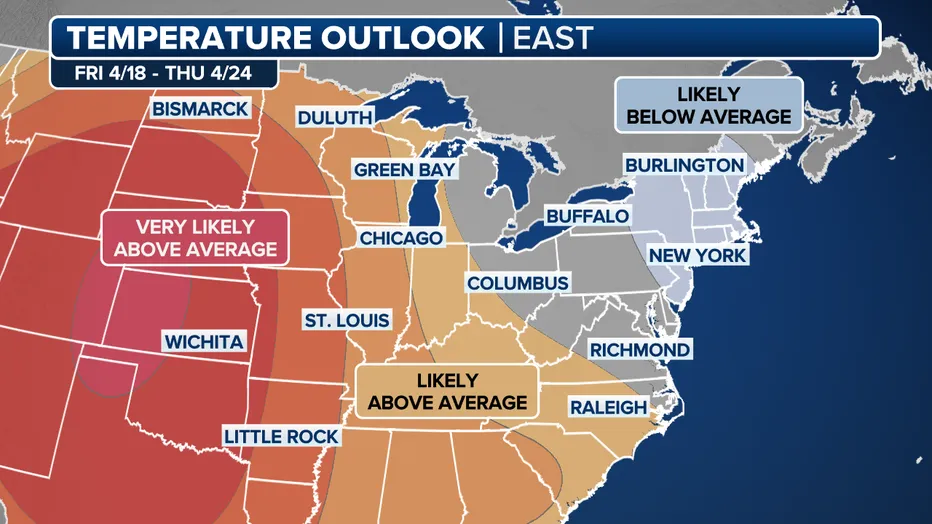 Long-range forecasts provide insight into general temperature trends.
Long-range forecasts provide insight into general temperature trends.
Conclusion
Exploring New York City is an adventure filled with discovery, and being prepared for the diverse new york weather is part of that journey. From the heat and humidity of summer to the festive chill and potential snow of winter, the city offers a different mood and set of experiences with each season. While the general patterns provide a framework, always remember that unpredictability, like a surprise April snowfall, is a possibility. Pack smart, check the latest forecasts, and embrace whatever the weather brings – New York City is ready to enchant you, rain, shine, or even a little unexpected snow.
